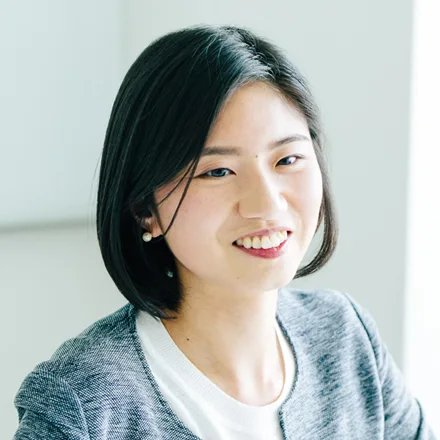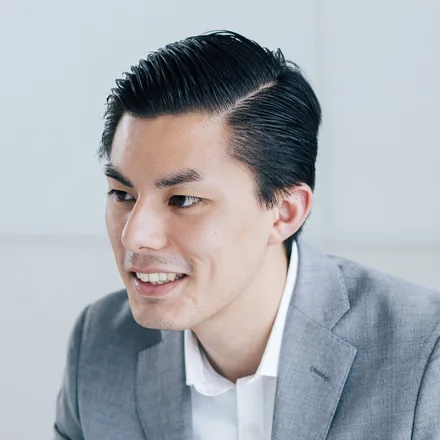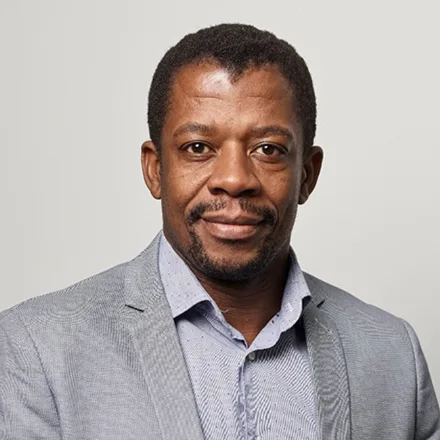STAFF
STORY
Investment Strategy, Access & Delivery
The pivotal moment in my career happened when I was 27 years old, at a rural hospital in Zimbabwe
in a village of about 60,000 people. I was the only doctor within a 100km radius, so I served in
many capacities—as physician, pediatrician, surgeon, gynecologist, emergency room doctor, and
also hospital manager. Sometimes, when the ambulance driver was off duty, I was the ambulance
driver, too.
It was a relatively new hospital. Things were still in boxes when we had our first emergency — a
cesarean section. There was no time to drive the mother to a larger hospital. We had to set up
the operating theater very quickly, and I had to be both the anesthetist and the surgeon.
Despite these challenges, we managed to save both the mother and the baby.
It was a memorable moment. I had originally wanted to be a surgeon and had actually started my
residency, but that experience reminded me why I wanted to be a doctor in the first place and
affirmed my decision to quit my surgical residency in Zimbabwe's capital city and move to a
rural village hospital instead and work closer to the people. I knew that in the public health
arena I could do a lot more than just help one person at a time. A lot of my friends actually
thought I was crazy; the trend was to move out of the rural areas to the towns, and I was doing
the opposite.
When GHIT launched in 2013, I was in Tokyo with Medicines Sans Frontiers (MSF). After talking
with BT Slingsby [then CEO of GHIT], I asked “how are you going to ensure access to all of these
products when the research and development is done?” Six years later, I was sitting in an
interview for the job I have today.
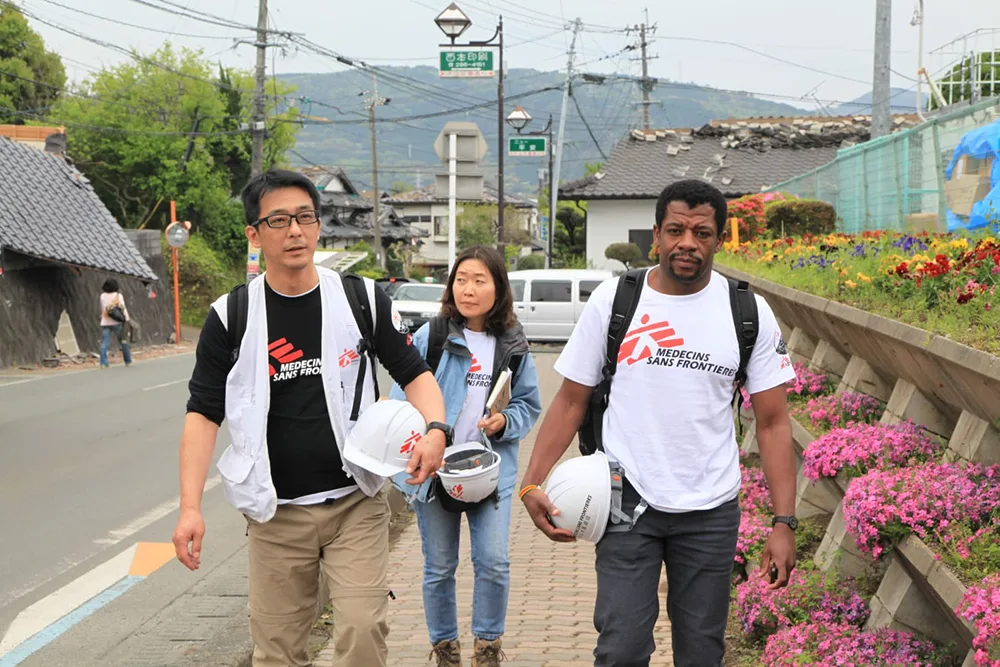
I grew up in a low-income country with limited resources. I was trained in that setting. And then
later, through working with MSF, I worked in many countries with similar challenges: Kenya,
Nigeria, South Sudan, Pakistan, Malawi, Papua New Guinea, Cambodia, Bangladesh, Mozambique, just
to name a few. These countries have different health systems and unique needs, but they have one
thing in common: disproportionately higher disease burdens relative to their health systems and
lack of access to essential health technologies (treatments, vaccines, and diagnostics).
Bringing new technologies into these health systems is not easy. You can bring in very
sophisticated equipment, but if there are no physicians or health workers to use it, it's
useless. Government rules and regulations around new technologies are not always easy to
navigate. Some technologies need infrastructure to be useful. Vaccines, for example, have to be
transported via cold chain, and there's a limit to how far you can take them in some of these
rural areas where electricity is spotty, so there is need to innovate to ensure such populations
also have access.
My role is to link GHIT's development partners, particularly those in the late stages of
development, with the global public health sector and to make sure that they have addressed all
the steps along the pathway to access and delivery. For example, we discuss the issue of pricing
with development partners to make sure that the cost of the product is acceptable for low-income
countries. GHIT funds products that are targeted to serve low- and middle- income countries, so
the issue of affordability is quite critical. We make sure that they have followed all the
necessary regulatory pathways, and we help them through that process if needed. And we also
expose them to the potential low- and middle- income country markets.
To do all this, we have to really understand the context where the product will be used — the
kind of people who will use it, the needs on the ground. Our development partners need to know
what to expect when they're taking their product from research and development to the field.
As GHIT evolved, we realized that even though we do not invest directly in access and delivery,
we have a role to play in ensuring that the products that we fund are delivered. We are going to
be judged not only by how many products make it through R&D, but also by how many of those
products have actually reached the people who need them.
In the past year, I've been focusing on late-stage products: pediatric praziquantel, which is a
treatment for schistosomiasis, and TBLAM, which is a rapid diagnostic tool for tuberculosis.
I've also been working on a mycetoma treatment, Fosravuconazole. We hoped to launch at least two
of these in the next couple of years, but unfortunately this is now very challenging due to the
covid-19 pandemic.
GHIT works with and supports the product developers to ensure a smooth market entry and maximum
benefit for the intended beneficiaries. Pricing is a difficult topic to discuss with any product
development partner, balancing the corporate perspective with public health needs, so we have to
find the best possible scenario that ensures equity and access while encouraging innovation,
which is a core GHIT value. Every day, we have to grapple with questions like: How much should
the product cost? What can we do to make it more affordable? Where and how should it be
registered? What are the market entry point and what market entry support is required for
maximum impact? What is the manufacturing capacity?
For example, price could be tied to how many people use a product. With a new and unfamiliar
product, uptake will be low so the price could be higher at the beginning. But if you go to
market with a high price, nobody will buy it. So, we help different partners, including the
product developers, and the countries that might use the product, reach a compromise. For
example, you could negotiate with a funder for volume guarantees at the beginning in exchange
for an affordable price. That way you ensure affordability and also protect the manufacturers
from market instabilities at the launch of a product. It's challenging, but also exciting.
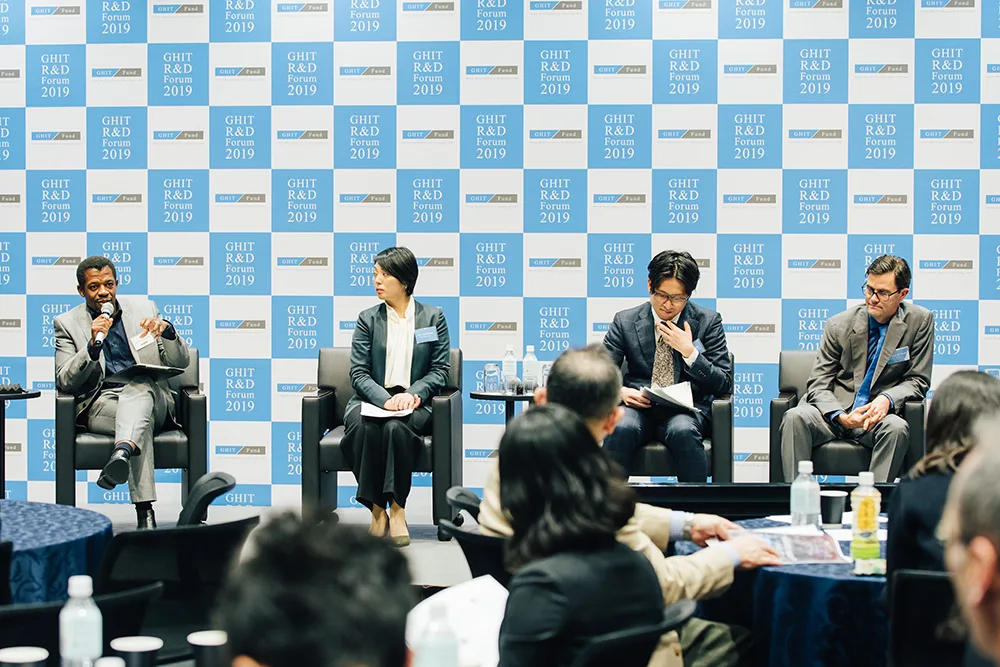
Ensuring a smooth passage for these products is what keeps me on my toes — particularly with
GHIT, because these are the first products we're going to launch. Successfully launching them
will demonstrate the effectiveness of GHIT's model. It will increase confidence in what we do. I
can't wait for the day we will be able to say to our stakeholders: ‘We have delivered. Thank you
for believing in us.'
It's a learning process, and from these first products we will learn how to get products to
market much more efficiently. We want to reach the point where we can say that we paved the way
for essential public health products that are being used by millions of people.
Most people probably do not realize that GHIT team of is made up of just twenty people, working
mostly behind the scenes. They think GHIT is a huge organization, because we do things that much
bigger organizations are doing.
I have worked in different organizations in numerous countries, but the GHIT office is by far
the most motivating working environment I have ever worked in. The ambience, team spirit, and
relaxed and flexible working style makes me look forward to work every day. The leadership style
is that of “togetherness.” Everyone shares their opinions without fear or favor. You're part of
the team, you're actually contributing, which is rare in many workplaces.
The GHIT team is really diverse. It's a Japanese organization, but also an international
organization — so we have that flair. I am the only non-Japanese member of the team, but I don't
feel like an outsider at all. That could also be because I have lived in Japan since 2003, with
a few breaks in between when I was on mission with MSF. In that time, I gained an appreciation
of Japanese culture, and a bit of the language, which makes it easier for me to assimilate. I
guess that also makes it easier for my colleagues. A lot of the team members have international
exposure to different work cultures… and they graciously accept my faux pas. I hope!
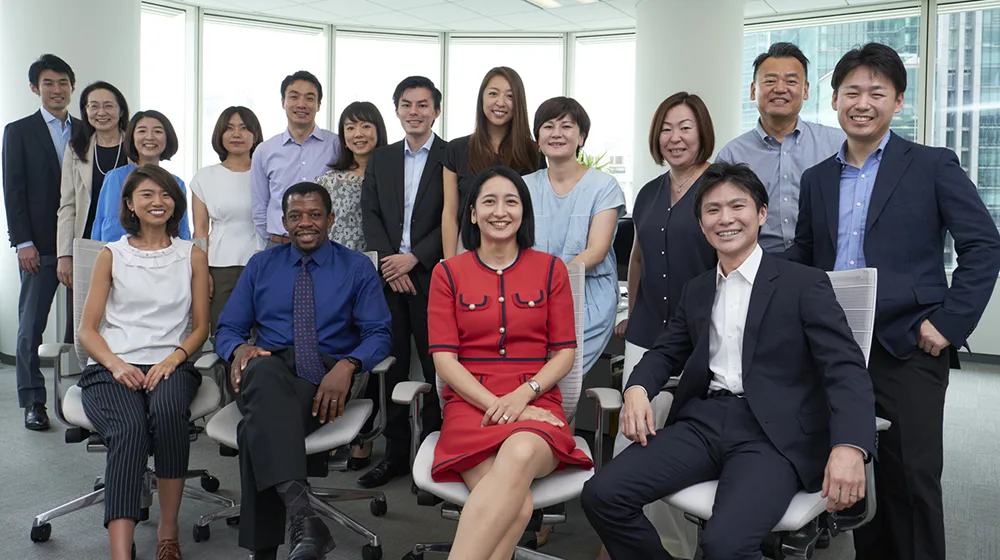
Japan has always contributed a lot to global health. The desire to help others is part of
Japanese culture. Some friends of mine were telling me that about 60 years ago, Japan was on the
receiving end of aid from organizations like UNICEF, so for most Japanese people it's the
natural thing to do—to pay it forward. Japan has had its fair share of public health problems;
for example, Japan was ravaged by tuberculosis and leprosy many years ago, there was the public
health disaster of the Minamata disease, and the atomic bombs in Hiroshima and Nagasaki. Despite
this, Japan rose from the ashes and used those experiences to develop. Now Japan is a technology
hub and is using its own innovation to help other countries facing similar challenges.
Many of Japan's global health initiatives focus on bilateral support to other countries, through
national agencies like JICA or JOCV or via multilateral support to global institutions. That
might not be as visible to the general public. GHIT translates that contribution into something
more tangible. We take the policies of the Japanese government, and we drill down into the
details. Take universal health coverage (UHC), which Japan has championed. One of the
fundamental pillars of UHC is access to technologies. GHIT taps into that by looking at what
technologies we have in Japan, and how we can take them to those who are in need. We might not
be able to solve all R&D needs but we do contribute significantly. The pediatric praziquantel
that GHIT is funding will change the lives of tens of millions of children all over the world.
The TBLAM point-of-care diagnostic will enable hundreds of thousands of people with TB to be
quickly diagnosed and hopefully started early on treatment for better outcomes.
Japan's history of neutrality is another unique contribution that the country brings to global
health. When I was working in the field with MSF, there was a time when only Japanese
international staff could travel to certain countries.
This is where both Japan as a country and GHIT as an organization can contribute in terms of
global health. I like to think we are more or less the practical arm of what Japan can do on a
global level.
With my role, GHIT is establishing a presence in Geneva for the first time. Geneva is the global
health hub of the world; every organization that is contributing to global health has some kind
of presence there. The funders and policymakers who influence the direction of global health are
all based there. It is strategic for GHIT to show our contributions as a significant global
health actor at that level.
The most important thing is to show our contributions at country level. But sometimes the winds
of change blow from the top, and it's important for GHIT to also have a seat at the table where
that happens, even if only as a learning opportunity to help us better shape our strategies.
Geneva is the heartbeat of global health and being here means I can keep our fingers on the
pulse of public health, meet and network with other global health experts and organizations and
understand what is happening at country level so we are able to direct GHIT to deliver
needs-driven health tools and technologies.
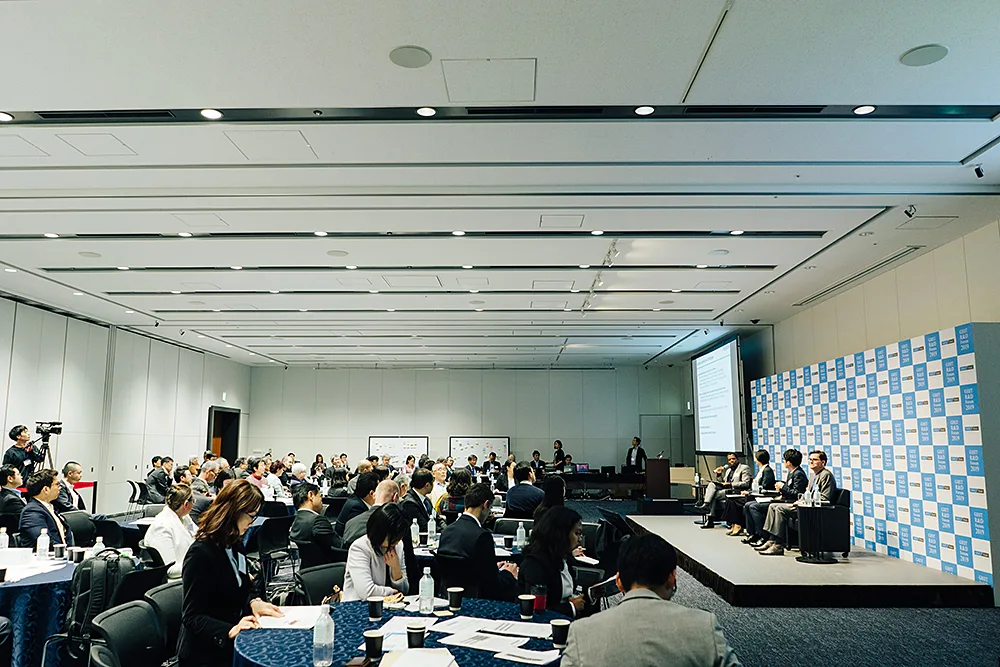
Investment Strategy, Access & Delivery
Isaac joined the Global Health Innovative Technology (GHIT) Fund in 2019 as
Senior Director for Access and Delivery, bringing more than 20 years' experience as a
clinician and public health specialist. Prior to joining GHIT, he worked with Medecins Sans
Frontiers (MSF) for nearly a decade in numerous countries, first as a frontline field doctor
and then in various senior project management positions, including three years based in
Tokyo as Deputy Program Manager for MSF's Asia Pacific projects. While at MSF, he helped
introduce new hepatitis C treatments in Cambodia, HPV vaccines in the Philippines, and new
drug resistant TB treatments in Papua New Guinea. He also served as TB advisor to the MSF
Access to Medicines Campaign.
Isaac started his medical career in 1997 as a general medical practitioner specialising in
rural health in his native Zimbabwe. He holds a Bachelor of Medicine and Surgery (MB,ChB)
degree from the University of Zimbabwe and a Master's in Public Health (MPH) from the
University of Sheffield School of Health and Related Research in the United Kingdom. His
passion is to ensure universal access to health technologies for all those who need them.
*Affiliation and position are as of the time of the interview.
